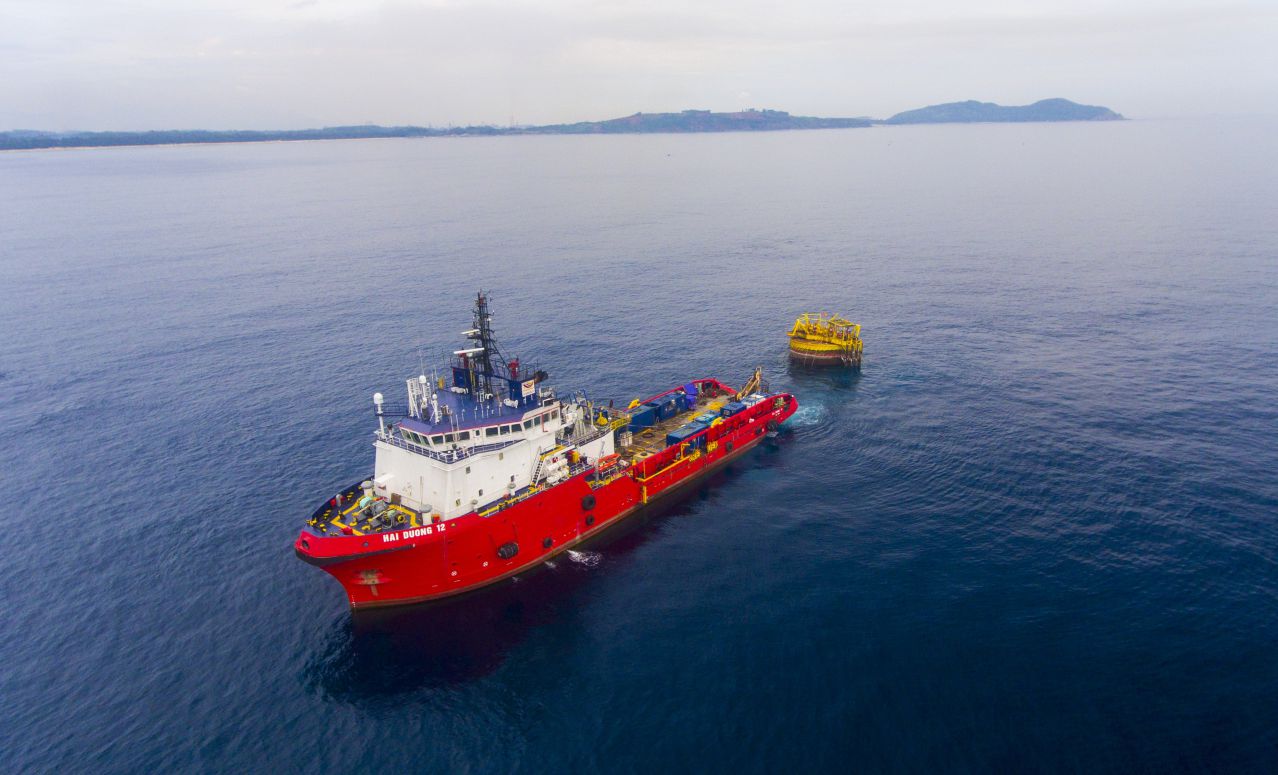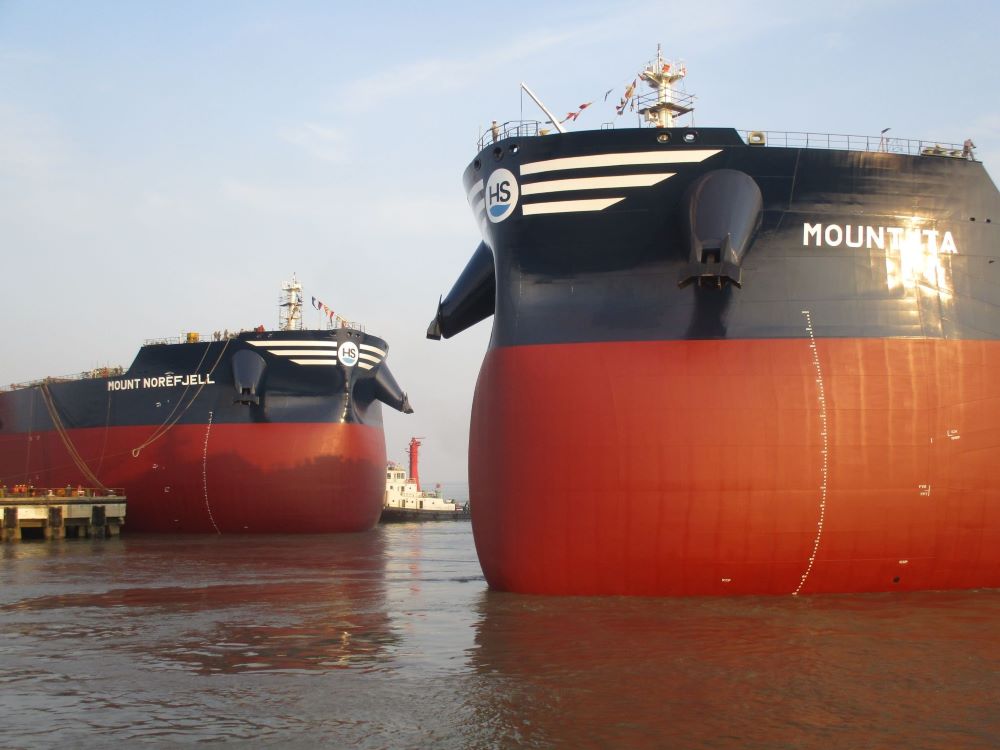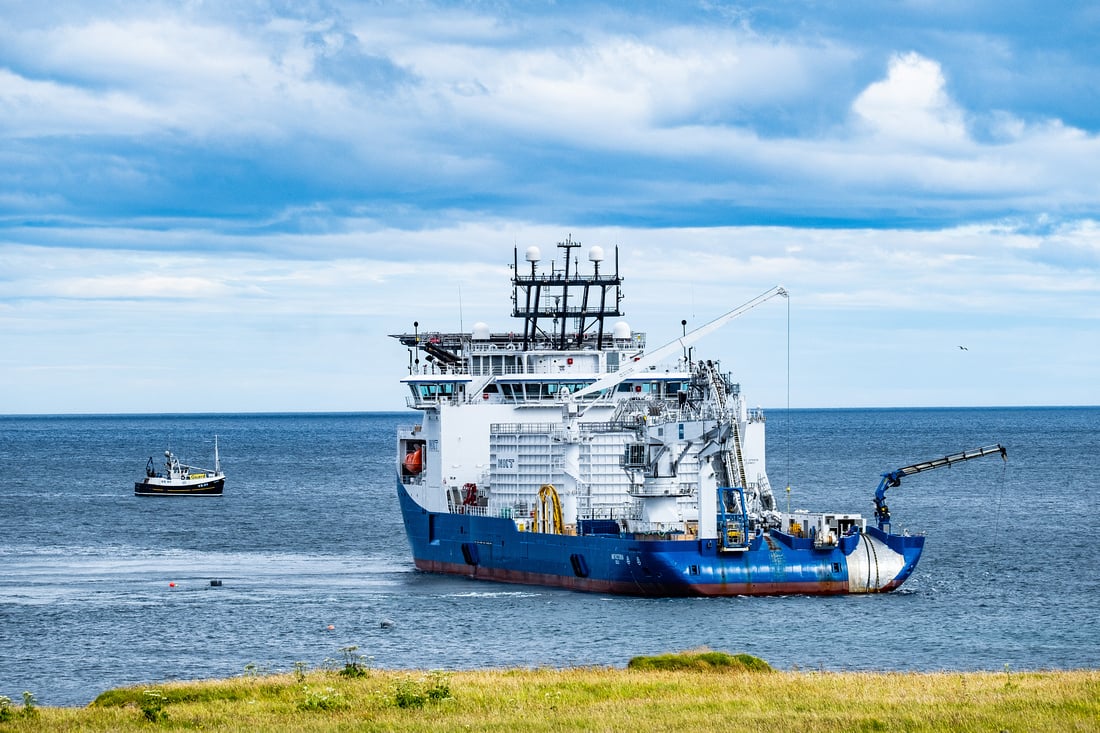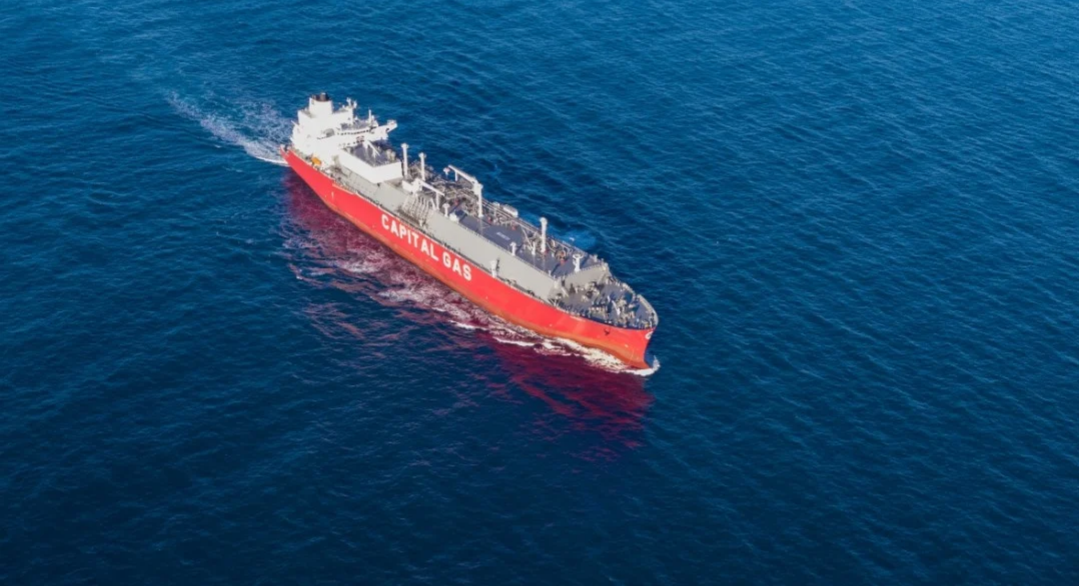罗宾逊:2022年运费将持续保持高位
作者: 发布时间:2022年05月04日 浏览量:780 字体大小: A+ A-

图片来自网络,版权属于原作者
来源:Hellenic Shipping News 2022-05-04
翻译:国际海事信息网 赵扬捷 张运鸿
美国物流供应商罗宾逊全球物流有限公司(C.H. Robinson)在其第一季度的财报电话会议上表示,随着假日旺季的来临,该公司预计全球集装箱船的海运费将在2022年持续保持高位。
该公司表示,虽然在中国产能受阻的情况下,运量有所下降,但随着中国生产设施的持续上线,船只预订活动很有可能增加,这将有助于保持运费的上涨。
罗宾逊公司首席执行官Robert Biesterfeld 4月27日说:“中国由于新冠疫情封锁已经减少了生产。我们预计当中国完全开放时,会有一些积压的需求。”
中国的出口减少导致船东将船舶转向其他港口或在港口外等待停泊的机会。罗宾逊公司报告表示,4月19日有506艘船在中国港口外等待泊位,相比2月份增加了90%。
Biesterfeld说:“当中国恢复对美国的出口时,可能会导致拥堵。虽然海运费也许会稍有减少,但我们预计仍将保持高位。”
罗宾逊公司在一份声明中称,该公司的全球货运代理部门的总收入在第一季度猛增90%,达到22亿美元,这是由于受到空运和海运服务价格和运量增加的影响。
虽然运价仍然很高,但最近几个月全球运费已经回落,而随着农历新年前的进口高峰在1月消退,运费才开始真正回落。
标普全球普氏数据的集装箱指数(S&P Global Commodity Insights’ Platts Container Rate Index)——普氏主要集装箱运价评估的加权平均值——该指数4月27日评估为5920.83美元/FEU,比1月初下降19%,而相比去年同期下降超过34%。
货量东移
Biesterfeld说:“由于客户希望降低风险,海运公司已经将船只从美国西海岸港口转移到美国东海岸。”
货主表示,向东部转移的主要原因是美国太平洋沿岸港口和内陆枢纽的长期拥堵,除此之外,美国西海岸码头工人即将在5月进行的劳资谈判也是其中一个原因。
其结果导致美国西海岸和东海岸的进口价格之间出现了历史性的价格差。4月25日,普氏5号集装箱运价(北亚至北美东海岸)和普氏13号集装箱运价(北亚至北美西海岸)之间的价格差为3100美元/FEU,远远高于1000美元/FEU左右的历史价格差。
(本文版权归国际海事信息网所有,图片版权归原作者,转载请注明出处。)
Container freight rates to remain elevated in medium term: C.H. Robinson
US-based logistics provider C.H. Robinson expects global ocean freight rates for container ships to remain elevated through 2022 as the holiday peak season begins, the company said during its first quarter earnings call.
The company indicated that, while volumes had waned amid hampered production capacity in China, there was a strong likelihood for an increase in booking activity as Chinese production facilities come online, which would serve to keep freight rates elevated.
“Covid lockdowns in China have reduced [production],” C.H Robinson CEO Robert Biesterfeld said April 27. “We expect some pent-up demand when China fully reopens.”
Reduced exports in China have caused shipowners to divert vessels to alternative gateways or wait outside ports for a chance at berthing. C.H. Robinson reported 506 vessels at waiting for berth outside Chinese ports on April 19, up 90% from February numbers.
“When exports resume to the US, congestion is likely to increase,” Biesterfeld said. “While ocean rates may taper a little, we expect them to remain elevated.”
Total revenues for the company’s global freight forwarding division surged 90% to $2.2 billion during Q1, spurred on by higher pricing and volume in both the air and ocean services, the company said in a statement.
While the pricing environment has remained elevated, global freight rates have come off in recent months, beginning in earnest when the pre-Lunar New Year import rush subsided in January.
S&P Global Commodity Insights’ Platts Container Rate Index – a weighted average of key Platts container assessments – was assessed at $5,920.83/FEU April 27, down 19% from early January, and down more than 34% from the year-ago date.
Volumes shift East
“Due to customers desire to mitigate risk, ocean carriers have moved ocean capacity to the US East Coast from US West Coast ports,” Biesterfeld said.
Cargo owners indicated that the prolonged congestion at US Pacific Coast gateways and inland hubs have been the primary driver for the shift toward the East, while upcoming labor negotiations for US West Coast dockworkers in May have also contributed.
The result has been a historically high spread between USWC/US East Coast import rates. The spread between Platts Container Rate 5 from North Asia to East Coast North America and Platts Container Rate 13 from North Asia to West Coast North America was $3,100/FEU April 25, well above the historical differential of around $1,000/FEU.
来源:simic
今日要闻
图片新闻
海外传真
热点报道






